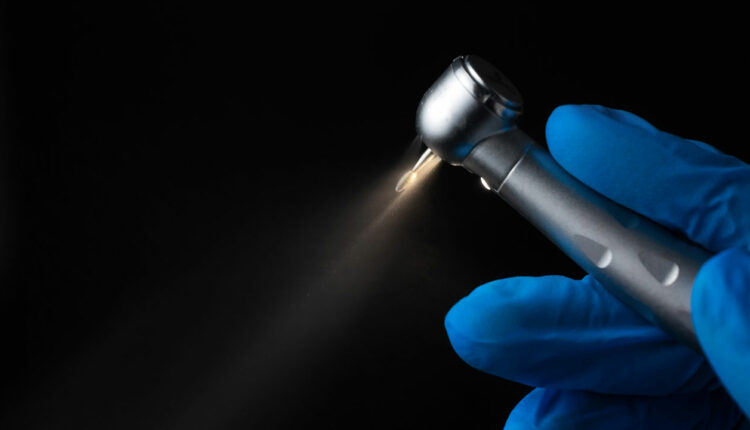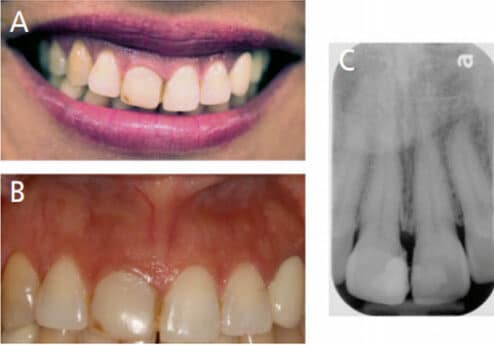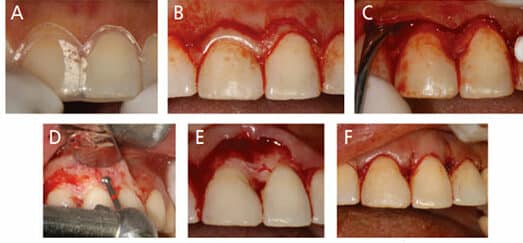
Key Considerations for Successful Crown Lengthening Procedures
Explore the critical factors influencing the success of crown lengthening procedure — from precision incisions to nuanced bone reduction techniques.
The planning and execution of the crown lengthening procedure chiefly depends on the width of the attached gingiva, as well as the crestal bone position.1 It is generally accepted that a minimum of 2 to 3 mm of attached gingiva should be maintained at all times to prevent gingival inflammation and irritation.1 The primary incisions are placed based on the amount of attached gingiva. If the attached gingiva is sufficient, the incisions are placed submarginally to account for osseous resection. Conversely, if the attached gingiva is insufficient, the incisions will be intrasulcular, with the flap apically positioned.

A second consideration for the surgical procedure is the extent of bone reduction. The bone sounding technique is a reliable method to address biologic width variations at different sites and among individual patients. Performed under local anesthesia, bone sounding involves probing the sulcus to the point it stops at the crestal bone.1 The measurement is descriptive of the epithelium attachment, connective tissue attachment, and the gingival sulcus.

Various studies have shown that the biologic width that was noted preprocedurally is redeveloped after healing. The extent of osseous reduction is decided based on the preoperative assessment of biologic width. The same distance is maintained from the cementoenamel junction or future crown margin to the crestal bone.
Bone reduction involves both osteotomy and osteoplasty procedures to create a positive architecture and smooth bony surfaces, which are achieved with the help of high-speed rotary or piezoelectric cutting instruments and hand instruments, such as chisels. A case report of a crown lengthening procedure for tooth #8 is described in Figures 2A through 4C.

Reference
- Fugazzotto PA. The Role of Crown-Lengthening Therapy. In: Fugazzotto PA. Periodontal–Restorative Interrelationships: Ensuring Clinical Success. Hoboken, New Jersey: John Wiley and Sons, Inc; 2011:31–87.
This information originally appeared in Goel A, Mott DA, Wilkerson C, Ellzey AT. Concepts and considerations for surgical crown lengthening. Decisions in Dentistry. 2021;7(1):36–39.

